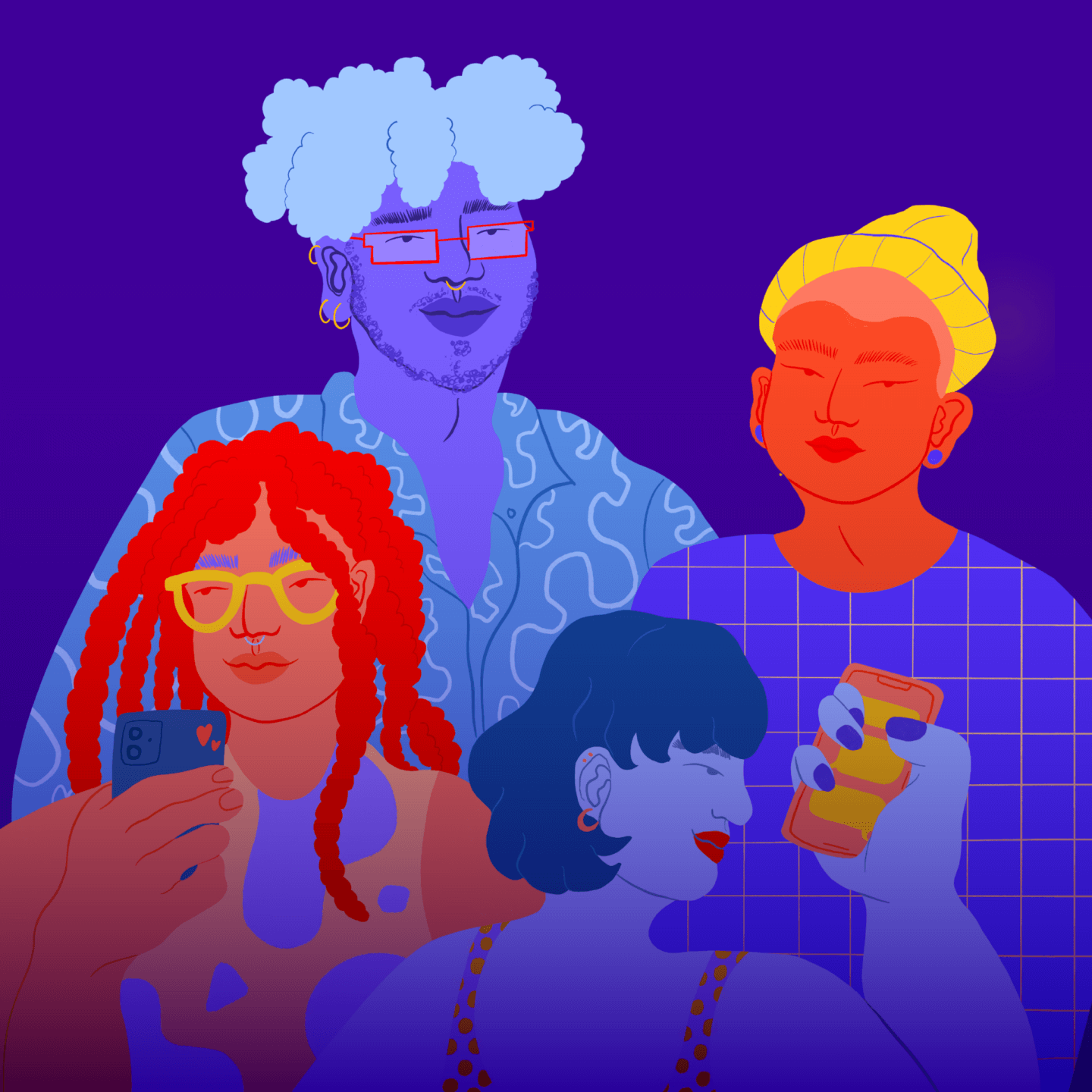Everyone deserves to feel safe and respected in school. The majority of young people spend many of their waking hours at school, surrounded by teachers, administrators, and peers. For LGBTQ young people, school can be a tricky place to explore who they are and how they identify, especially if they face harassment, discrimination, or a lack of resources.
LGBTQ students are more than four times as likely to attempt suicide compared to their straight and cisgender peers, and bullying is often a huge factor in this. Allies provide important support for LGBTQ young people, especially in the face of increased marginalization; it’s up to teachers, administrators, and fellow students to find ways to show support, because the costs can be devastating.
Here’s how to signal to others and LGBTQ young people that you are a safe person to turn to:
Introduce yourself with your name and pronouns.
Invite others to do the same.
If you’re able, decorate your space with items that signify allyship.
This could be a pronoun button, a flag, or a poster of an LGBTQ film or artist.
Do not tolerate harassment or bullying in your space at all.
If bullying or harassment happens, enact consequences and hold the person causing harm accountable.
Talk positively about LGBTQ people.
Even in instances where it’s not appropriate to share their identity, this can show allyship. Always condemn acts of erasure if you’re able.
Integrate LGBTQ history and topics into conversation.
If you’re a teacher, weave LGBTQ accomplishments into your lessons if you are able.
Never tolerate anti-LGBTQ slurs.
Not as the punchline of a joke or if you’re just kidding around.
If you see someone being bullied at school, stand up for them.
Show LGBTQ people that they have allies and that bullying won’t be tolerated at all. If you’re an adult, this is the time to enforce a zero tolerance policy and create consequences for harmful actions.
If the problem persists, tell a school administrator.
If appropriate, let the bully know that you were the one who reported them. This prevents the LGBTQ young person from further harassment and shows that others will hold them accountable.
It is all of our responsibility to promote acceptance and affirmation, and create an environment with zero tolerance toward bullying.
By being an ally, you can be a good example to others and potentially help LGBTQ young people around you feel a little more secure.
If you ever need immediate help or support, don’t worry – you aren’t alone. The Trevor Project is available 24/7 via text, call, or chat, and is a free, anonymous, confidential, and LGBTQ-affirming place of support for all LGBTQ young people.
Resources
- Stop Bullying
- GLSEN (Gay, Lesbian & Straight Education Network)
- GSA Network (Gay-Straight Alliance Network)
- Campus Pride
- Athlete Ally
- Queer Youth Advice for Educators
- Resources for Transgender College Students
- College Scholarships for LGBTQ Students
- Resources for LGBTQ Students
- For Teachers: Teaching LGBTQ Youth
- Students and Gender Identity Guide for Schools (USC Rossier’s, online MSC program)
- Shine Light on Depression
- HRC Foundation’s Welcoming Schools
- Mental Health Resources for the LGBTQ Community
Help us continue to provide 24/7 support to LGBTQ+ young people and empower allies to deepen their commitment through advocacy, education, and affirming content.


